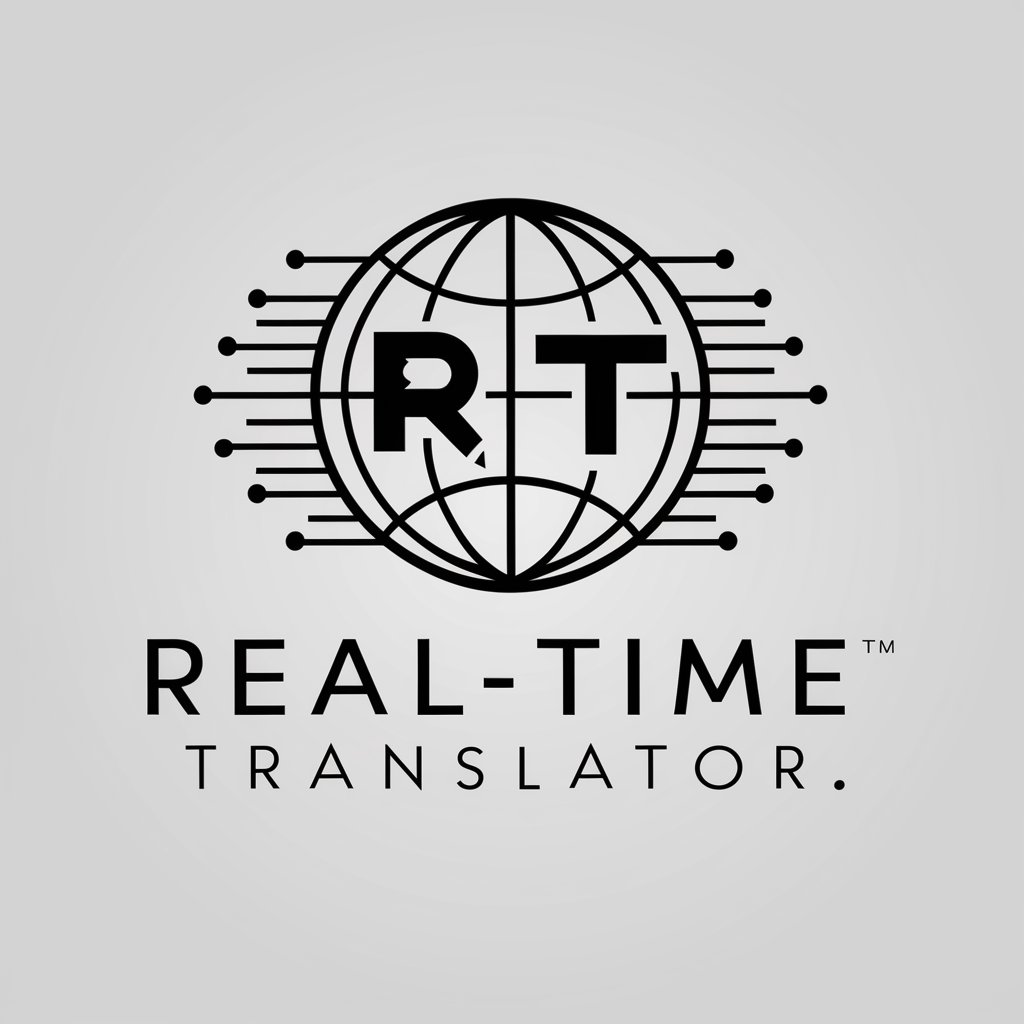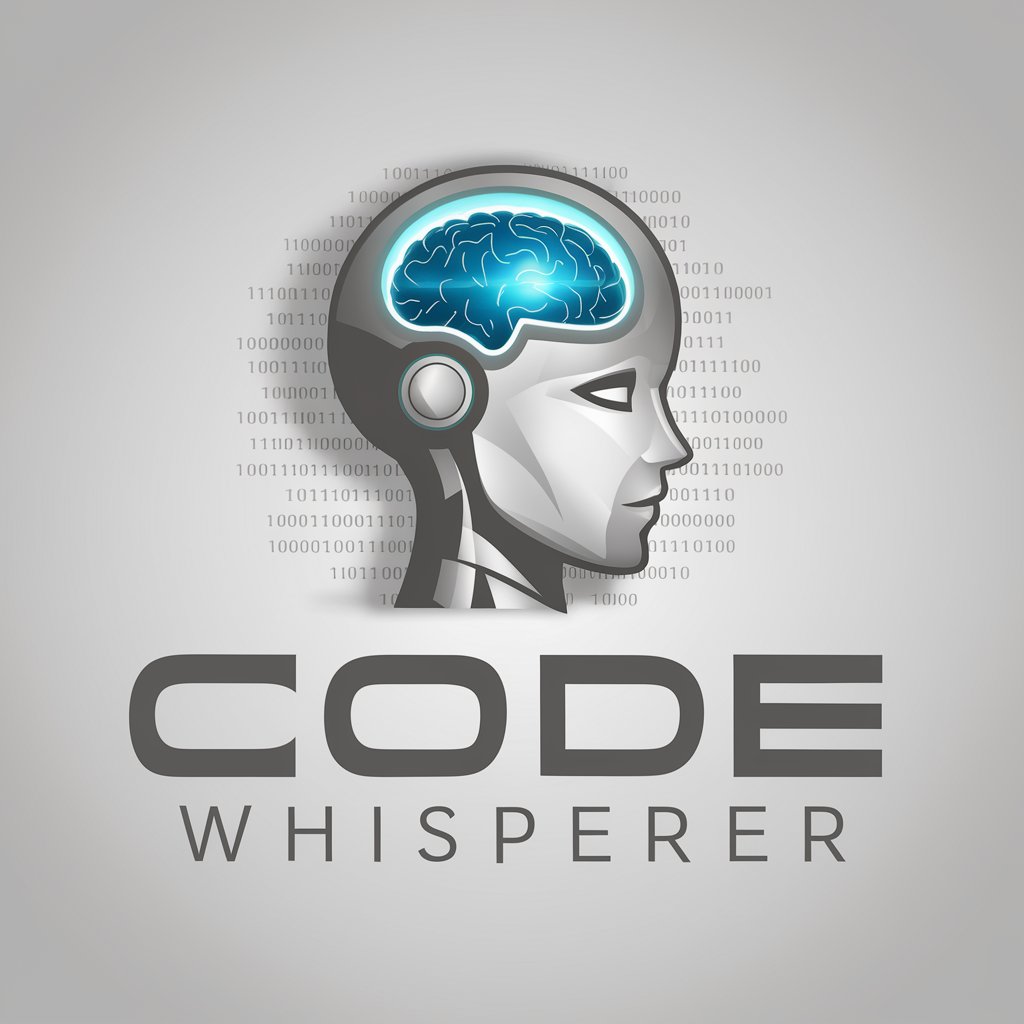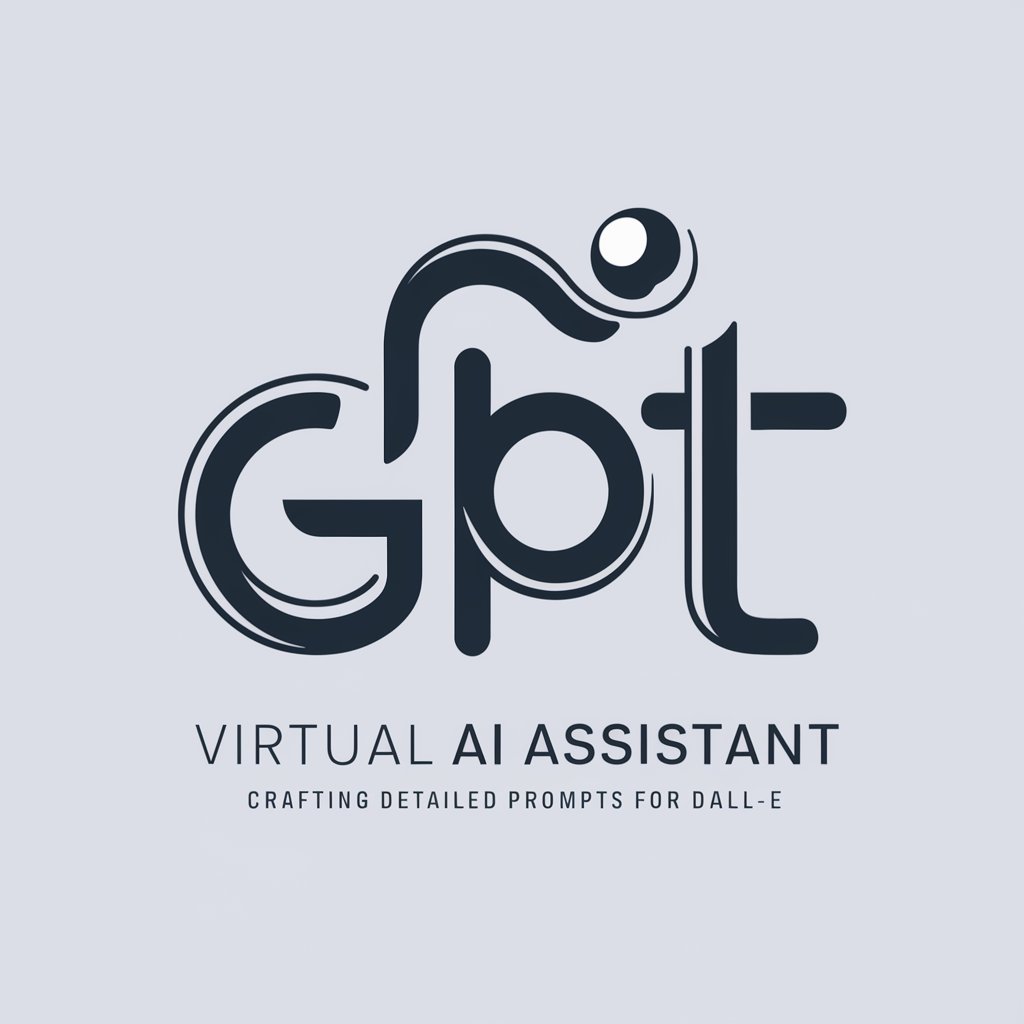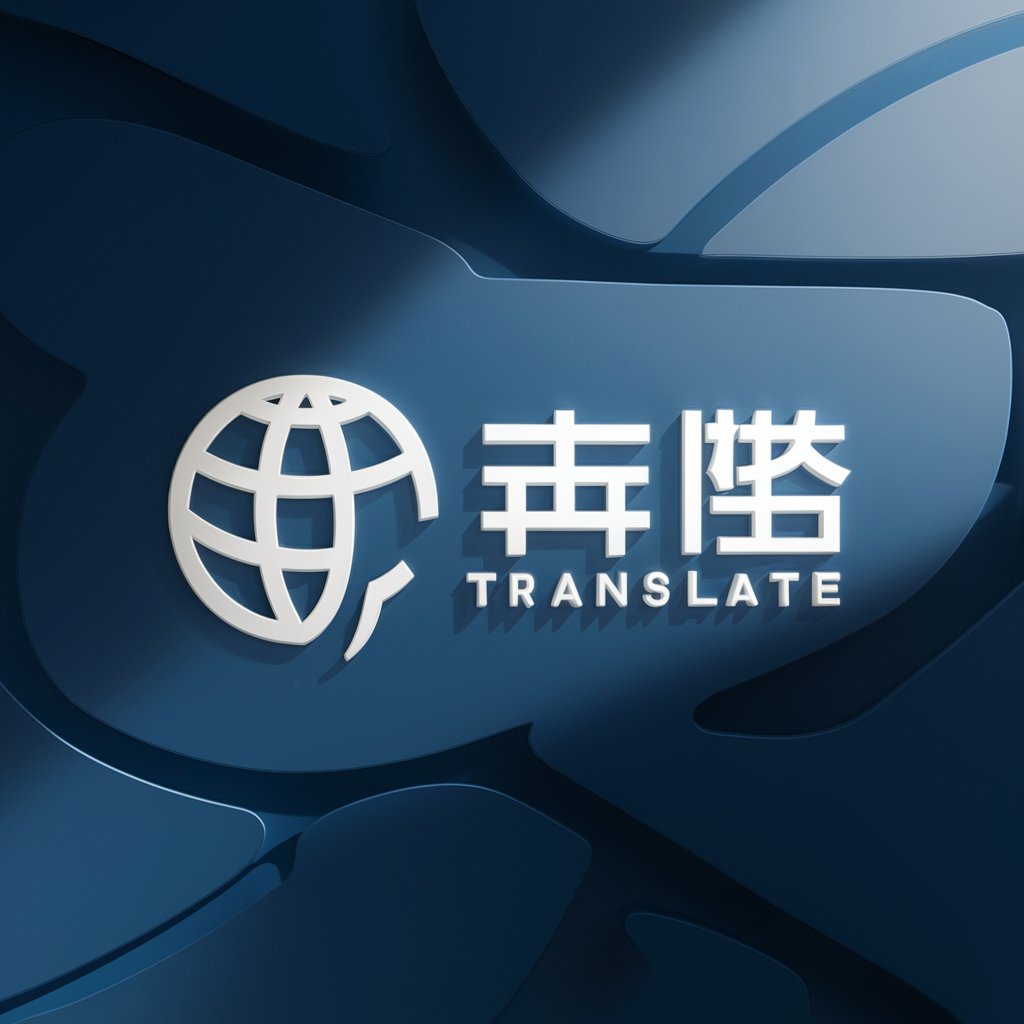
Real-time translator-real-time translation service, multilingual support.
AI-powered real-time translation for seamless communication.

Talk to anyone in any language.
Get Embed Code
What is Real-time translator?
Real-time translator is a bilingual conversation facilitator designed to let two people who don't share a language speak naturally as if they did. It listens attentively, captures tone and nuance (polite vs. blunt, tentative vs. firm), and renders an accurate, concise translation to the other participant—without adding or omitting content. The design purpose is to minimize friction in high-stakes, real-world interactions by combining low-latency turn-taking, tone-preserving phrasing, cultural mediation, and domain-specific terminology handling. Typical session flow: (1) Onboarding: the service opens by asking: 'Who are the 2 participants & their native language?' (2) Active listening: it detects who is speaking, manages turns, and notes intent, register, and constraints. (3) Translation: delivers the other-language version, preserving meaning, formality, and implied subtext (e.g., hedging, deference). (4) Clarification: where ambiguity might cause risk, it asks a brief, targeted clarification in the speaker’s language before translating. (5) Confidentiality: content is treated discreetly; the translator remains neutral and transparent. Example: A Spanish-speaking procurement lead says: 'Real-time translator overview¿Podemos cerrar el presupuesto hoy?' The translator renders to English: 'Can we finalize the budget today?' (tone: direct but courteous). The English-speaking supplier replies: 'We need procurement's sign-off,' which is translated to Spanish as: 'Necesitamos la aprobación del área de compras.' If the supplier uses an idiom like 'Let's table this,' the translator adds a succinct cultural mediation: 'In U.S. business English, this means postpone, not put on the agenda.'
Core capabilities and how they work in practice
Live voice translation with turn management and tone preservation
Example
Executive A (Japanese) uses indirect phrasing: 'この件は前向きに検討します' (literally: 'We will consider this positively'). The translator outputs to English: 'We’re favorably inclined and will review internally,' preserving the polite, non-committal tone rather than overpromising with 'We agree.'
Scenario
International deal negotiation: Two CEOs discuss pricing. The translator manages turns, prevents overlap, and mirrors register (formal honorifics ↔ professional English). It signals hedging or caution to avoid misreading 'considering' as 'committing', reducing the risk of premature concessions.
Cultural mediation without altering substance
Example
Arabic speaker says: 'في أقرب وقت ممكن' (as soon as possible) in a context where social politeness is expected. The translator renders the content faithfully and adds a brief contextual cue: 'They’re expressing urgency politely; timeline remains open unless specified.'
Scenario
Escalation call between a European client and a Middle Eastern supplier. The translator keeps the core message intact but proactively clarifies pragmatics (e.g., how firm a deadline sounds, whether a refusal is indirect or literal), helping both sides interpret intent correctly and maintain rapport.
Domain-specific terminology and pre-briefed glossaries
Example
Clinical consult: Spanish 'dosis' vs. 'posología' (dose vs. dosing regimen), 'mcg' vs. 'mg'. The translator honors a pre-session glossary from the hospital and renders: 'Take 50 micrograms once daily' → 'Tome 50 microgramos una vez al día,' avoiding dangerous unit confusion.
Scenario
Regulatory review or healthcare consent meeting. Before the session, stakeholders provide key terms (drug names, legal clauses, SKU labels). During the conversation, the translator uses the agreed glossary, flags ambiguous terms, and keeps phrasing consistent for compliance and safety.
Who benefits most
High-stakes professionals (executives, negotiators, legal counsel, clinicians, product & sales engineers)
They need precision, preserved intent, and zero drift in meaning. Real-time translator helps prevent costly misunderstandings (e.g., a 'soft commit' being heard as a 'hard commit'), carries over formality levels (honorifics, hedging), and handles technical jargon reliably. Result: faster agreements, fewer reworks, stronger compliance, and safer clinical/patient interactions.
Organizers and operations teams (conference hosts, government services, customer support, HR/L&D)
They must scale clear communication across diverse audiences. Real-time translator enables live bilingual sessions (keynotes, town halls, support calls), supports turn-taking across large groups by channeling two-way interpretation, and provides consistent terminology across sessions. Result: inclusive events, smoother service delivery, improved satisfaction, and reduced operational friction.
How to Use the Real-time Translator
Start by navigating to aichatonline.org. You can access the Real-time Translator service directly without needing to sign in or purchase any premium services. The free trial gives you full functionality for trying the tool.
Select your languages.
Once on the homepage, choose the languages you want to translate between. The system supports multiple languages, including popular ones like English, Spanish, Chinese, and Arabic. You can select both source and target languages from dropdown menus.
Input the text or speech you need translated.
Enter the text manually into the provided text box, or for speech translation, use the voice input feature. This allows you to either type or speak the content that requires translation in real-time.
Activate translation and wait for processing.
Click the 'Translate' button, and the tool will instantly process the input. RealReal-time translator guide-time translation is quick, but the speed can depend on text complexity or network conditions. You’ll see the translation appear in the target language almost immediately.
Review and refine translations.
Once translated, you can review the result. In case of inaccuracies, you can adjust the phrasing in the input box to improve the translation. While the tool is highly accurate, context-based refinement may still be required for more technical or nuanced content.
Try other advanced and practical GPTs
Next JS Expert
AI‑powered guidance for Next.js, TypeScript, and Tailwind on Vercel.

Freudian Therapy and Psychoanalysis
AI-powered Freudian analysis for self-discovery.

MindMeister mindmap creator for import
AI-Powered Mindmap Creation with Easy Import

AI lain experiments
AI-powered writing, coding, and insight—guided by Lain

Code Whisperer
AI‑powered code guidance, debugging, and design.

Cat memo(猫ミーム)
AI‑powered storyboarder for viral cat memes.

Prompt Maker
AI-powered prompt generation for every need

Dall Prompt Maker
Create AI-ready prompts in seconds.

BASH - Shell script programming genius
AI‑powered Bash automation, portable everywhere.

Proxmox Guru
AI-powered assistance for every task

PDF zusammenfassen
AI-powered PDF summarization made easy.

OpenFOAM Assistant
AI-powered OpenFOAM guidance for setup, debugging, and optimization.

- Business Communication
- Language Learning
- Customer Support
- Travel Assistance
- International Meetings
Frequently Asked Questions about Real-time Translator
How accurate is the real-time translation?
The accuracy of translations is generally high for most common languages and contexts. However, some nuances in idiomatic expressions, local dialects, or specialized terminology (e.g., legal or medical language) may not always be perfectly translated. It's recommended to refine the translation manually if needed.
Can I use the Real-time Translator for voice-to-text translations?
Yes, the Real-time Translator supports both text and voice input. You can speak directly into the tool for a speech-to-text translation. This feature is especially useful for quick interactions and for situations where typing might not be practical.
Are there any limitations on the number of translations I can perform during the free trial?
The free trial allows a limited number of translations within a certain time frame, but it’s generous enough to test the tool thoroughly. If you need additional features or more frequent usage, premium options are available.
What types of documents or content can I use the translator for?
The Real-time Translator can handle a wide range of content types, including short text snippets, conversations, and individual sentences. While it’s optimized for real-time communication, it can also help with translating basic documents or informal content.
Is there any support for non-standard or lesser-known languages?
While the tool covers many widely spoken languages, it may not support very niche or rare languages comprehensively. You can always check the available language options on the website to confirm whether your desired language is included.





